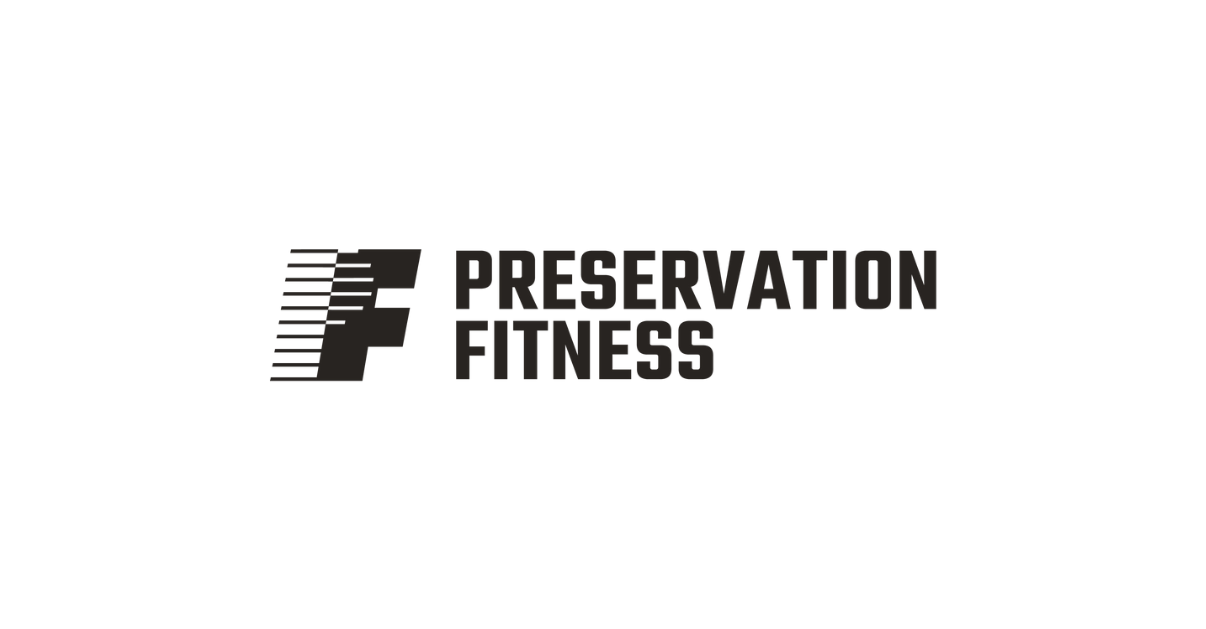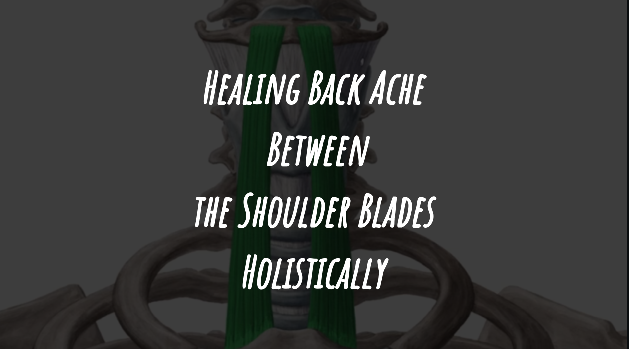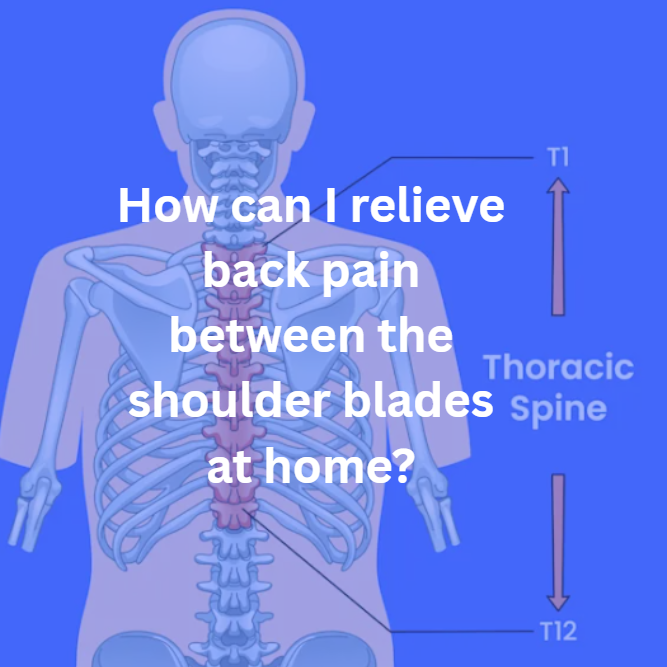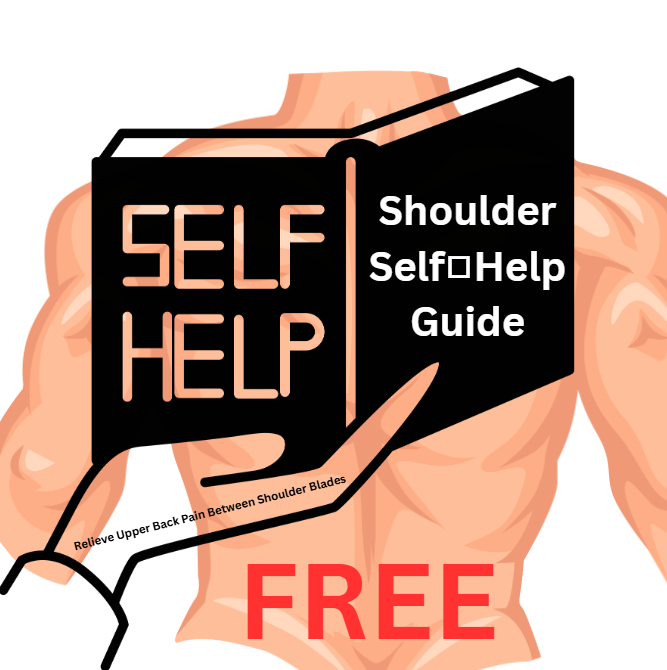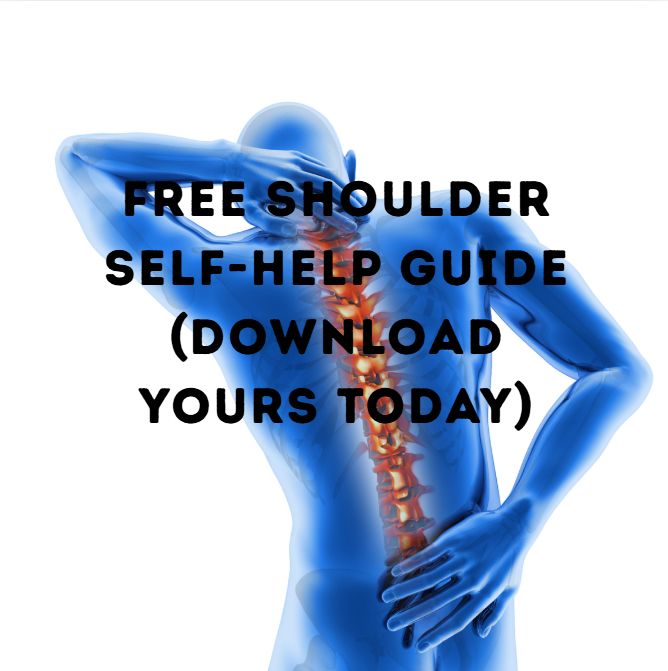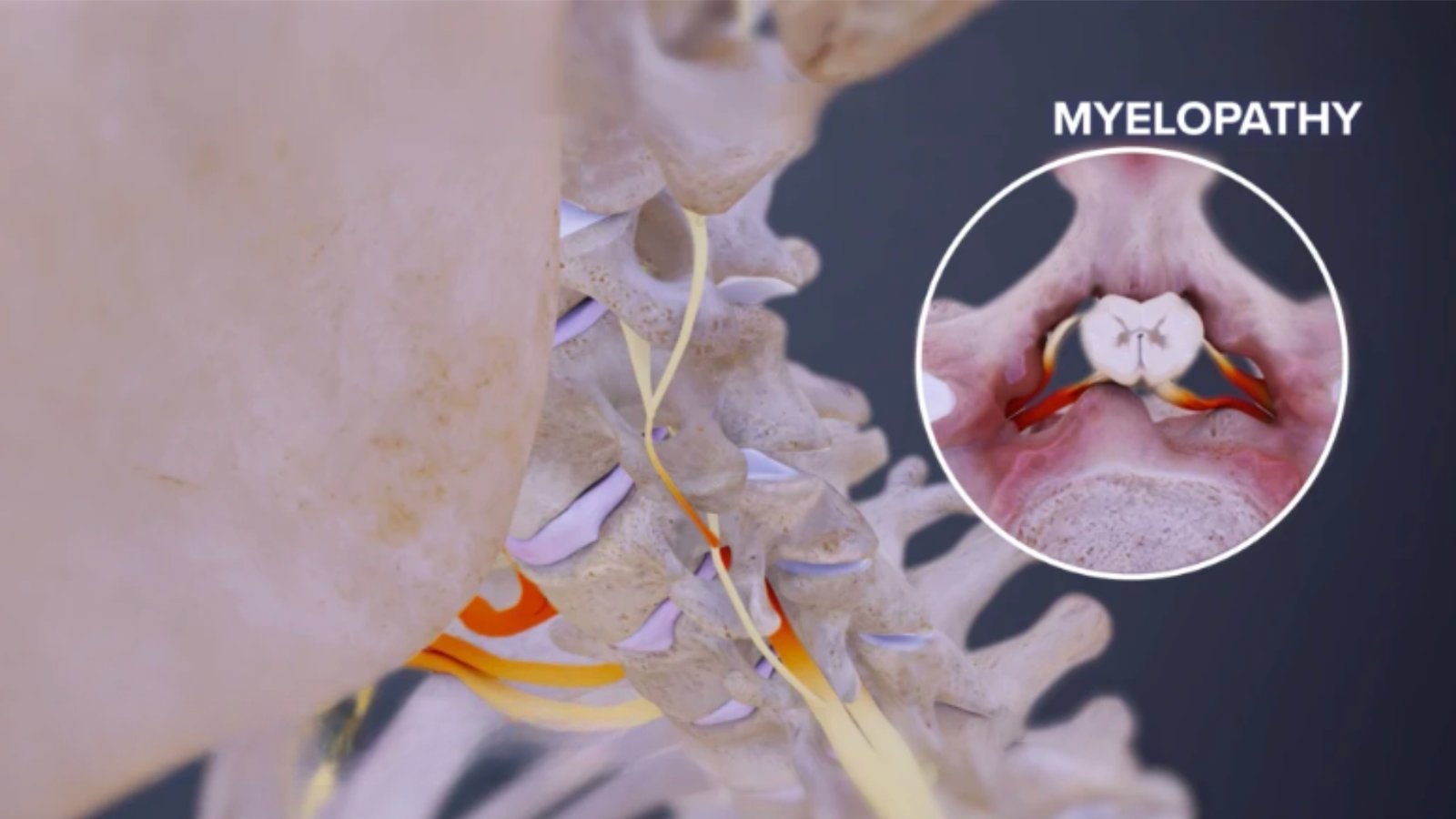
What Really Causes Cervical Stenosis?
Introduction
Cervical stenosis means narrowing of the spinal canal in the neck. This narrowing can pinch nerves or even the spinal cord, causing pain, weakness, tingling, or problems with balance. But why does it happen? And could shoulder problems be to blame? Let’s dive into the real causes, with clear answers and Bristol-based support if you need help.
1. Congenital (Developmental) Narrow Canal
Some people are born with a smaller spinal canal. This is called congenital cervical stenosis. Even mild age-related changes can trigger symptoms earlier in life.
👉 See Congenital Cervical Stenosis review, PMC.
2. Age-Related Wear and Tear
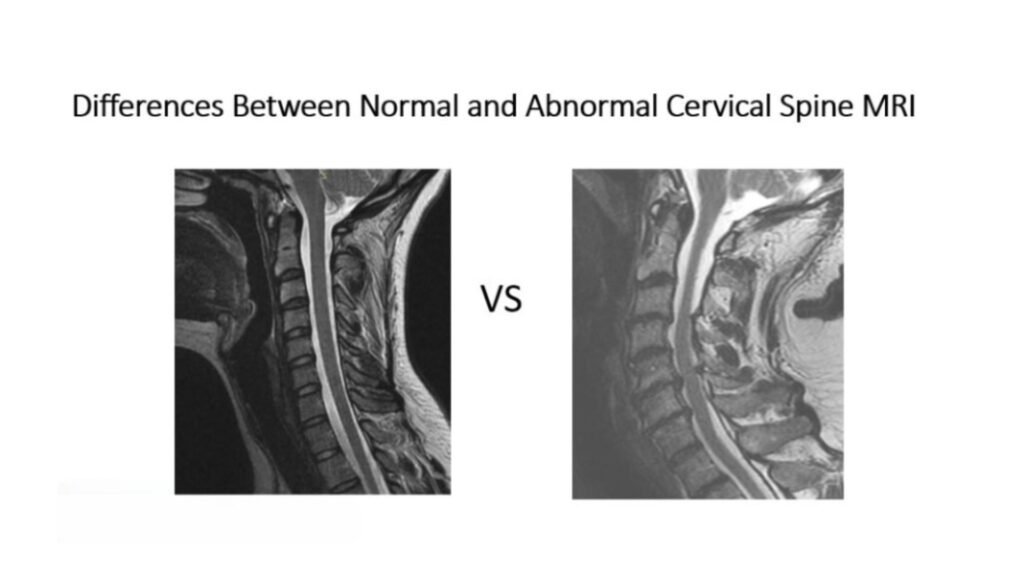
The most common cause of stenosis is simply degeneration over time:
- Discs dry out and bulge.
- Facet joints enlarge with arthritis.
- Bone spurs (osteophytes) develop.
- Ligaments thicken (sometimes even harden, called ossification).
These combined changes gradually crowd the spinal canal.
👉 AAPMR overview.
3. Ossification of the Posterior Longitudinal Ligament (OPLL)
In some people, the ligament that runs inside the spinal canal starts to turn to bone. This can make the canal much narrower and increase the risk of spinal cord injury even after a minor accident.
4. Other Risk Factors
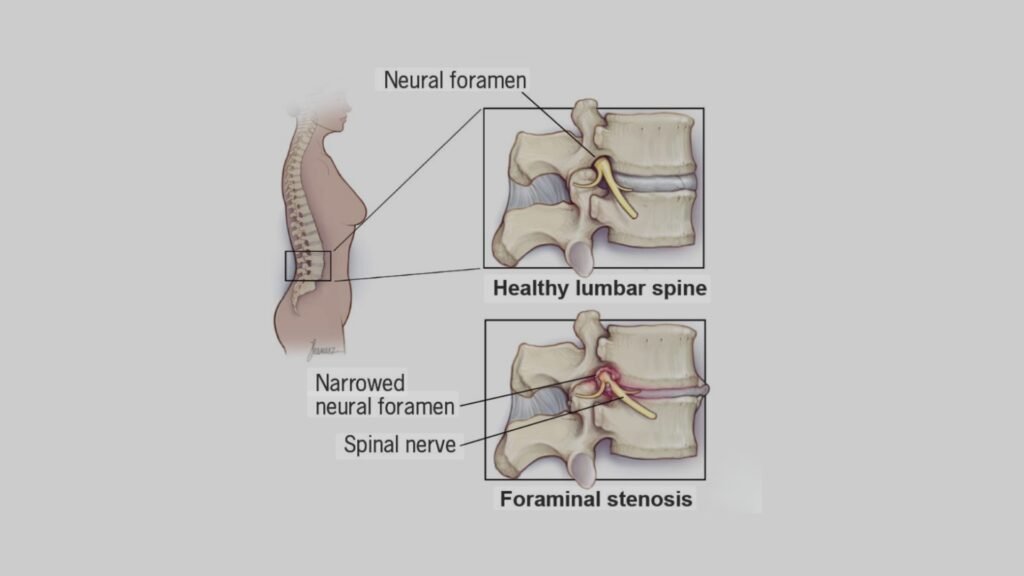
- Age & sex: older adults, especially men, are more affected.
- Family history & genetics: under study, but early signals suggest some inherited risk.
- Work exposure: jobs with arms above the shoulders or heavy lifting accelerate wear on the neck.
- Trauma: even small injuries can be more dangerous if the canal is already narrow.
👉 Cureus retrospective study
5. Are Shoulder Problems to Blame?
No — shoulder problems don’t cause stenosis.
But the relationship is tricky:
- Symptom overlap: A trapped C5–C6 nerve root can mimic a rotator cuff tear with shoulder pain and weakness. (PMCID: PMC6790919)
- Confusion in diagnosis: Shoulder tears and cervical stenosis sometimes coexist, but studies show no direct causal link. (Cross-talk study, LWW)
- Shared risk factors: Overhead work loads both the shoulders and the neck, so problems often appear together.
👉 Helpful review: American Journal of Medicine – differentiating shoulder vs cervical spine pain
6. Practical Red Flags
See a clinician if you notice:
- Tingling or numbness running down the arm.
- Weakness lifting the arm to the side.
- Trouble with balance or fine hand skills.
- Pain that doesn’t improve with shoulder-only treatments.
7. Protecting Your Neck in Daily Life
- Take breaks from overhead tasks.
- Strengthen the deep neck flexors and scapular stabilisers.
- Don’t ignore early pins-and-needles in the arm or hand.
- Get both shoulder and neck checked if pain doesn’t fit the typical pattern.
Conclusion
Cervical stenosis usually develops from age, anatomy, and ligament/bone changes — not directly from shoulder injuries. But because shoulder and neck symptoms overlap, it’s easy to misread the warning signs.
If you’re in Bristol and want a tailored exercise plan to protect your neck or ease pain, Preservation Fitness Bristol offers 1-on-1 support and remote coaching.
References
- Congenital Cervical Stenosis: PMC article
- Cervical Stenosis Overview: AAPMR
- OPLL Risk: PMC article
- Radiopaedia Case: Radiopaedia
- Trauma Study: Cureus
- Cross-talk Shoulder/Neck Study: LWW Journal
- C5–C6 Radiculopathy vs Shoulder: PMC
- Differentiating Shoulder vs Cervical Pathology: Am J Med
Frequently Asked Questions About Cervical Stenosis
Q1: What is the main cause of cervical stenosis?
The most common cause is age-related degeneration — discs shrink, joints enlarge, and ligaments thicken, which gradually narrow the spinal canal. (AAPMR)
Q2: Can you be born with cervical stenosis?
Yes. Some people are born with a naturally smaller canal, called congenital cervical stenosis. Even minor wear and tear can trigger symptoms earlier. (PMC)
Q3: Does shoulder pain mean I have cervical stenosis?
Not always. Shoulder problems and cervical stenosis share symptoms, especially at the C5–C6 level, which controls shoulder muscles. A proper exam and sometimes scans are needed to tell the difference. (PMC)
Q4: Can shoulder injuries cause cervical stenosis?
No. Shoulder injuries do not cause the spinal canal to narrow. But they can mimic or worsen neck symptoms, leading to confusion. (LWW Journal)
Q5: What is OPLL and how does it relate to stenosis?
OPLL (ossification of the posterior longitudinal ligament) is when a ligament in the spine turns into bone. It makes stenosis worse and increases the risk of spinal cord injury, even from small accidents. (PMC)
Q6: Who is most at risk of cervical stenosis?
Older adults, especially men, and people with jobs involving overhead work or heavy lifting are most at risk. Genetics and smoking may also play a role. (AAPMR)
Q7: Can poor posture cause cervical stenosis?
Poor posture doesn’t directly cause stenosis, but it can accelerate wear on discs and joints, making symptoms show up sooner.
Q8: What symptoms suggest cervical stenosis instead of shoulder problems?
Warning signs include tingling or numbness in the arms, weakness lifting the arm, hand clumsiness, or problems with balance.
Q9: How is cervical stenosis diagnosed?
Diagnosis is usually made with a neurological exam and MRI scan to confirm the narrowing of the spinal canal or nerve roots.
Q10: Can exercise help with cervical stenosis?
Yes — the right exercise plan can reduce pain, improve posture, and protect the neck. Severe cases with spinal cord compression may need surgery.
